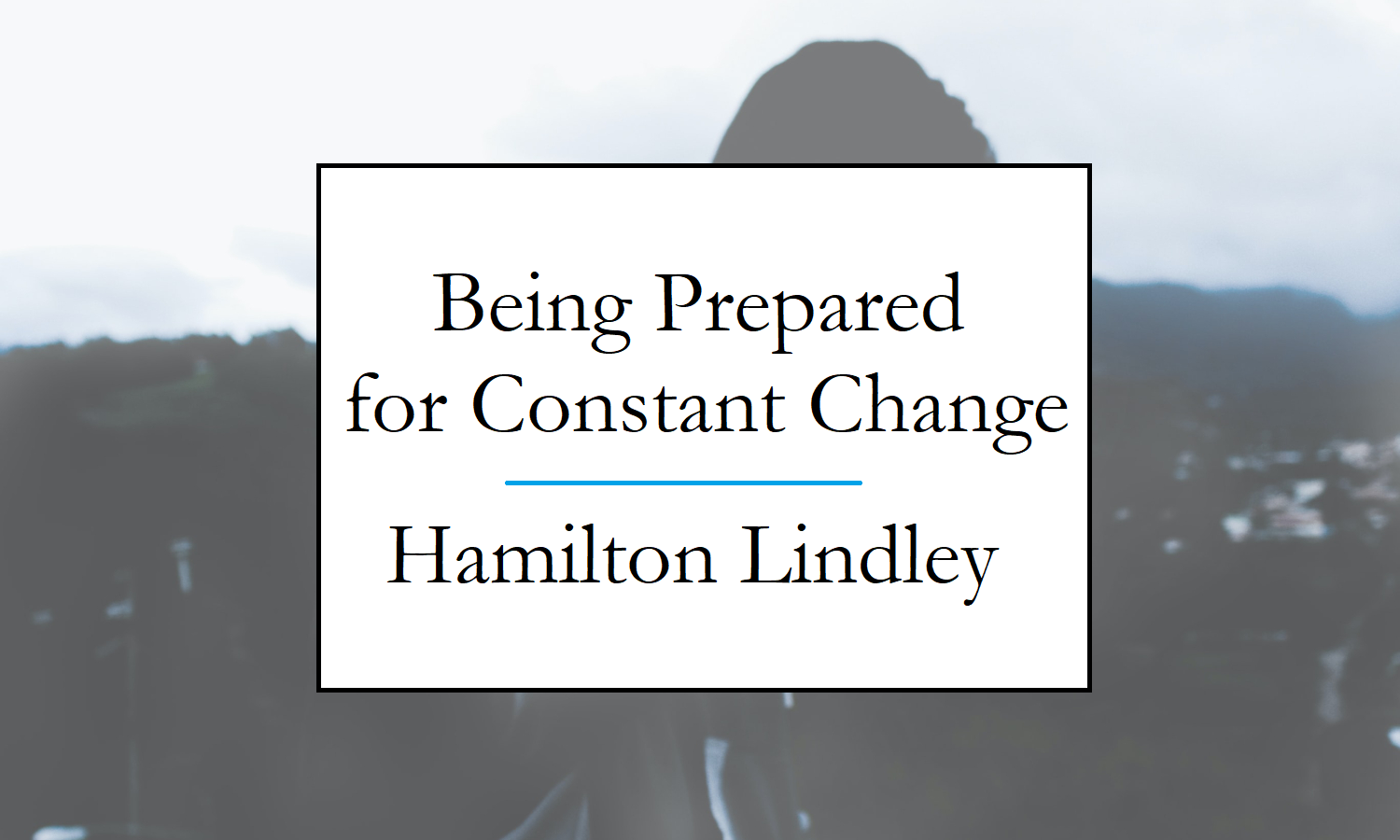Change can happen faster than we expect. There will be unpredictability, uncertainty, and unknowns over the next decade, year, quarter, week, or this afternoon. We will encounter disruption and transformation. The changes to our demographics, climate, economies, and political systems will multiply and intersect.
The time to repair the roof is when the sun is shining. We should prepare for change before it happens. When you’re not ready for change, you will constantly stay on the defensive. When we are consumed with dodging the next curveball, we are exposed to unnecessary risks. That can lead to organizational collapse. Here are three ways we can prepare our organizations to flourish with constant change.
Conduct a “change audit”
A change audit can provide transparency on many levels. First, where is change most active in your customer’s lives? Where is change hitting the hardest in your business, industry, or team? Look for key dynamics and interdependencies that can make change more natural to measure. Are there certain functions or teams that are consistently more ready for change? Who has excelled over the past 18 months, and why?
Next, what kinds of changes are most difficult?
As a people, we often embrace changes we choose (a new haircut, relationship, or job) and resist changes we don’t choose (health scare, layoffs, or a breakup). Those reactions come into the workplace with a large impact. Ultimately, what are your company’s barriers to steering change adequately? Traditional contestants are:
- Team burnout and anxiety: It’s more difficult to judge change when we’re drained. When we’re exhausted, people are inclined to exhibit tunnel vision and feel apprehensive.
- A “just deal with it” culture: Is everyone in your company allowed to share when they feel vulnerable? When something fails, is it seen as a learning opportunity or as a loss?
- Lack of trust: Trust goes farther than any other individual resource when change comes. Do you trust each employee to uphold its values and act in the company’s best interests?
- Insufficient metrics: The capacity to steer through change goes beyond money. How much is trustworthiness or exhaustion “worth?” They’re invaluable despite not showing up in your budget. How and where do you account for those intangibles? Your metrics must go beyond return on investment.
A change audit should involve input from all employees in a company, from the newest associate to the executive who has worked there for decades. If change isn’t knitted into the fabric of every person in the company, then you won’t be ready to transform when you need it most.
Put mindset before strategy
Leaders shouldn’t expect that change can be controlled or managed. You must begin with their mindset around change.
Navigating change requires the proper mindset and strategy. When your mindset is rooted in change, you see it everywhere. You’ll notice opportunities for growth and improvement when changes come your way.
In the same way that our relationships manifest from the inside out, mindset drives strategy. When leaders have this inside-out mindset, upgrading their relationships becomes part of the corporate culture. You can spot a healthy mindset when leaders talk about strategy, policies, and talent priorities.
Mix constant change into your company culture
Put change at the core of what you do. Shift your mindset, opinions, and expectations about change. Instead of the feeling of anxiety and stress of change, you can be ready. Instead of trailing an illusion of control, you have accuracy about what matters.
As “certain uncertainty” becomes the standard, there will be countless ways for us to upgrade our approach to change. Refreshing values and mission statements are a good start. But blending change culture must be rooted in behaviors, standards, and systems over time.
Award workers for their resilience when they produce new solutions instead of bouncing back from a setback. Appreciate that mindset matters at least as much as management. Give employees more responsibility when they lean into uncertainty. Trust what change can teach them, and guide others to pivotal insights. That way, when change comes, employees will have developed the habit of asking: What’s the best thing that could happen?
There is a new urgency and opportunity for us to navigate change. Businesses and leaders must reshape our relationship to uncertainty to support a strong and fruitful vision. Our organizations must prepare to thrive in constant change.


